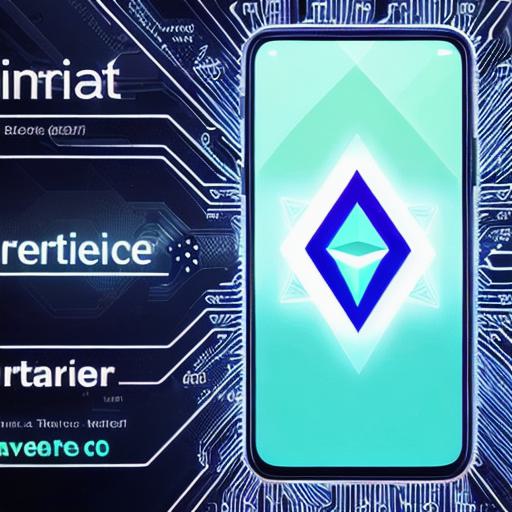Web3 technology is a revolutionary concept that aims to empower users by decentralizing data, applications, and services. The idea behind Web3 is to create a more open, transparent, and secure system where individuals have greater control over their digital assets. In this article, we will explore the real-life examples of Web3 and its use cases to help you understand how it works and why it’s worth considering for your web development project.
Web3 vs Web2: Understanding the Difference
Before we dive into the world of Web3, it’s important to understand the difference between it and Web2. Web2 refers to the current centralized internet model that relies on large corporations and governments to manage data and services. In contrast, Web3 is a decentralized system where users have greater control over their digital assets.
Real-Life Examples of Web3 in Action
- Decentralized Finance (DeFi) Applications: DeFi applications are built on the Ethereum blockchain and allow users to access financial services without intermediaries. These applications include decentralized exchanges, lending platforms, and prediction markets. For example, Uniswap is a popular decentralized exchange that allows users to trade cryptocurrencies without relying on centralized exchanges like Coinbase or Binance.
- Supply Chain Management: Web3 technology can be used to improve supply chain management by creating more transparency and accountability. For example, Walmart has partnered with IBM to use blockchain technology to track the movement of food products from farm to store, allowing consumers to trace the origin of their food and ensuring that it’s safe to eat.
- Digital Identity Management: Web3 technology can be used to create more secure and private digital identity management systems. For example, Microsoft has partnered with Sovrin Foundation to develop a decentralized identity platform that allows users to control their own data and prevent identity theft.
Web3 Use Cases for Developers

- Decentralized Storage: Web3 technology can be used to create decentralized storage solutions that are more secure and resilient than centralized cloud storage services like Amazon S3 or Google Cloud Storage. For example, InterPlanetary File System (IPFS) is a peer-to-peer file system that allows users to store and share files without relying on a central server.
- Decentralized Applications: Web3 technology can be used to build decentralized applications (dApps) that are more secure and resistant to censorship. For example, Dfinity is a blockchain platform that allows developers to build dApps using the Scuttle Protocol, which provides faster transaction speeds and lower fees than traditional blockchains like Ethereum.
- Decentralized Data Marketplaces: Web3 technology can be used to create decentralized data marketplaces that allow users to buy and sell data securely and transparently. For example, Filecoin is a blockchain-based data storage platform that allows users to rent out their unused storage space to the network, creating a more efficient and affordable way to store data.

The Future of Web3 Technology
Web3 technology is still in its early stages, but it has already shown great potential for revolutionizing the way we interact with digital assets. As more people and organizations adopt Web3 technology, we can expect to see even more innovative use cases emerge. It’s important for web developers to stay up-to-date on the latest developments in Web3 technology and consider how it can be used to improve their projects.
FAQs
- What is Web3 technology?
Web3 technology refers to a decentralized system that empowers users by decentralizing data, applications, and services. - How does Web3 differ from Web2?
Web2 refers to the current centralized internet model that relies on large corporations and governments to manage data and services. In contrast, Web3 is a decentralized system where users have greater control over their digital assets. - What are some real-life examples of Web3 in action?
Some real-life examples of Web3 include decentralized finance (DeFi) applications, supply chain management, and digital identity management.
